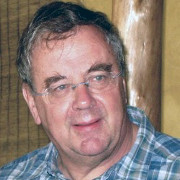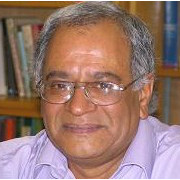What is Sketch Engine?
Sketch Engine is the ultimate tool to explore how language works. Its algorithms analyze authentic texts of billions of words (text corpora) to identify instantly what is typical in language and what is rare, unusual or emerging usage. It is also designed for text analysis or text mining applications.
Sketch Engine is used by linguists, lexicographers, translators, students and teachers. It is a first choice solution for publishers, universities, translation agencies and national language institutes throughout the world.
Sketch Engine contains 1 trillion words in 800 ready-to-use corpora in 100+ languages, each having a size of up to 80 billion words to provide a truly representative sample of language.









